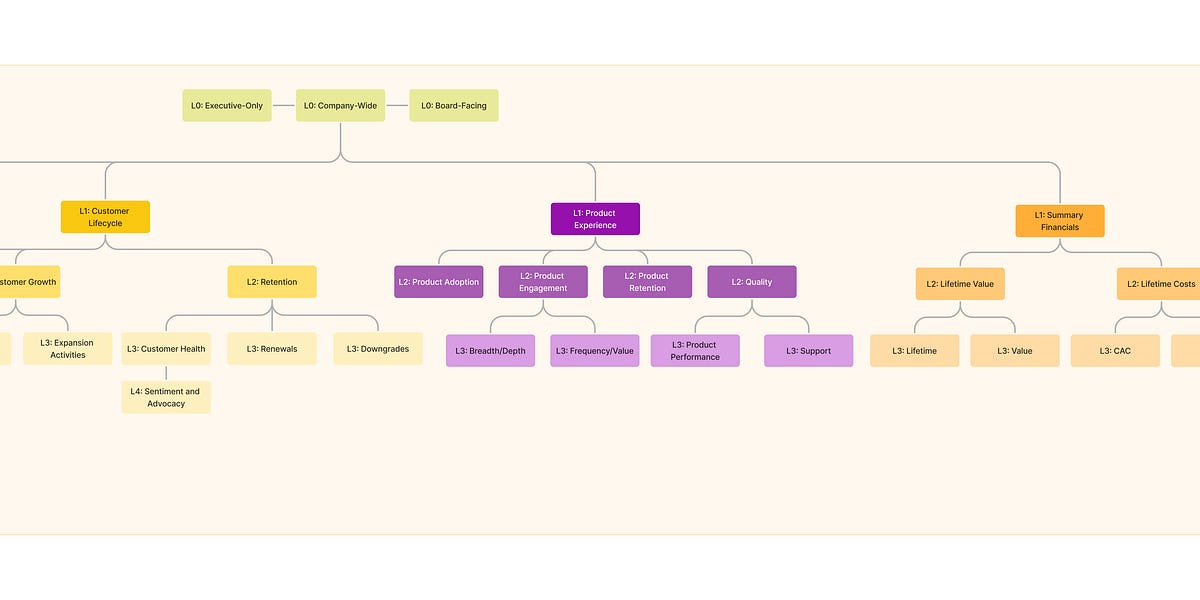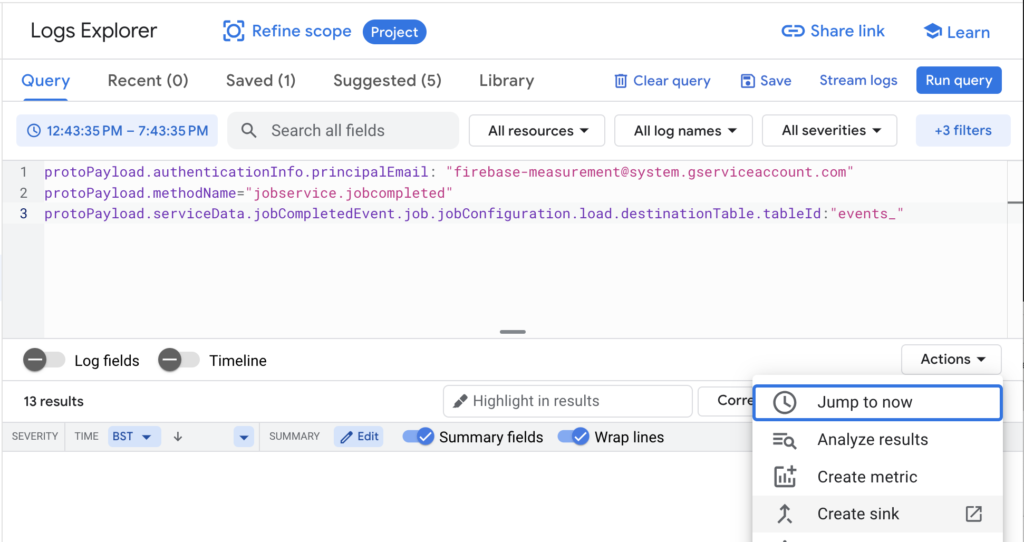While large language models have impressive capabilities, they are not a panacea for all data challenges. This blog post underscores the importance of understanding the limitations of these models and leveraging specialized techniques and tools to tackle complex data problems effectively. Data professionals, including data engineers, analysts, and business intelligence analysts, can benefit from this insight to optimize their data management and analysis workflows.
Data Infrastructure Concepts
7 resources in this subcategory
Topics in Data Infrastructure Concepts:
Struggling with dashboard overload? This blog post offers a solution to the problem of "dashboard sprawl" - the proliferation of dashboards that can overwhelm data teams. By introducing techniques for consolidating and streamlining your dashboard ecosystem, you can enhance data visibility, improve decision-making, and free up valuable time for deeper analytics work. Data professionals seeking to optimize their reporting infrastructure and enhance the impact of their analytics will find this insight particularly compelling.
Modular Dimensional Data Modeling offers a revolutionary approach to data engineering, empowering analytics professionals to build scalable, maintainable data models. By leveraging modular design principles and dimensional modeling techniques, this methodology enables streamlined data transformation, effortless integration of new data sources, and enhanced data accessibility for business intelligence and advanced analytics. For data-driven organizations seeking to unlock the full potential of their data, Modular Dimensional Data Modeling provides a strategic edge in navigating the complexities of modern data ecosystems.
This article provides insights on how to reduce BigQuery costs by clustering the GA4 events table. It covers key data warehousing concepts like partitioning, clustering, and query optimization to help data professionals manage their BigQuery usage and costs more effectively.
Explores the concept of semantic layers in business intelligence (BI) tools, which provide a governed and reusable data model for dashboards and reports. Covers topics like LookML, Power BI datasets, dbt Metrics, and how to build universal definitions, join logic, and shared dimensions/measures that can be leveraged across multiple BI platforms.
This article explores the practical application of the 4 transformation layers (raw, staging, dimensional, and reporting) in a data warehouse architecture. It covers topics like fact/dimension modeling, materialized views, and pipeline orchestration to ensure structure and maintainability in your data infrastructure.
Exploring the key features and trade-offs of column-store data warehouse engines like Snowflake, BigQuery, and Redshift. Understand partitioning, clustering, compute-storage separation, and query optimization strategies for performance and cost optimization.




.png)

